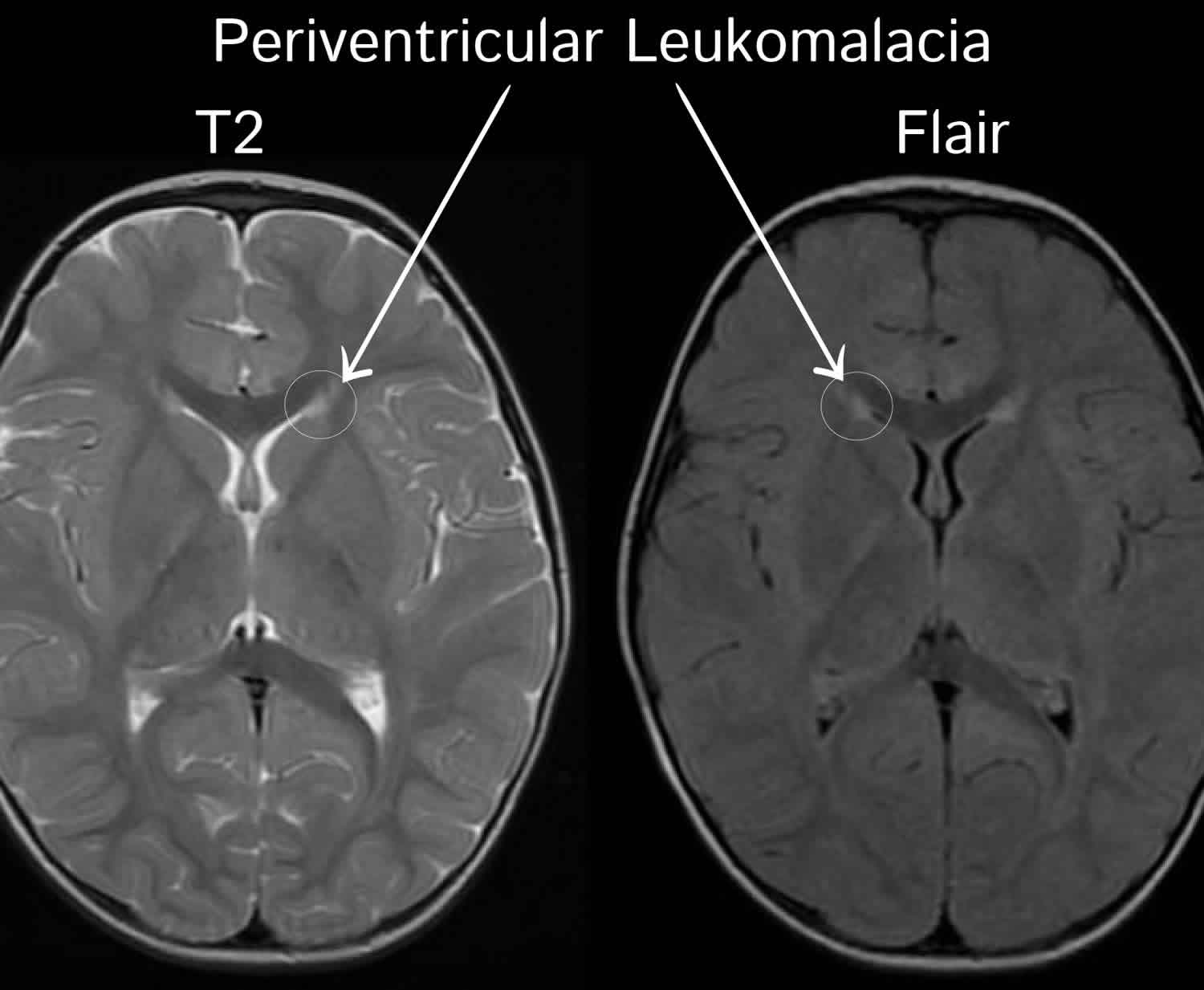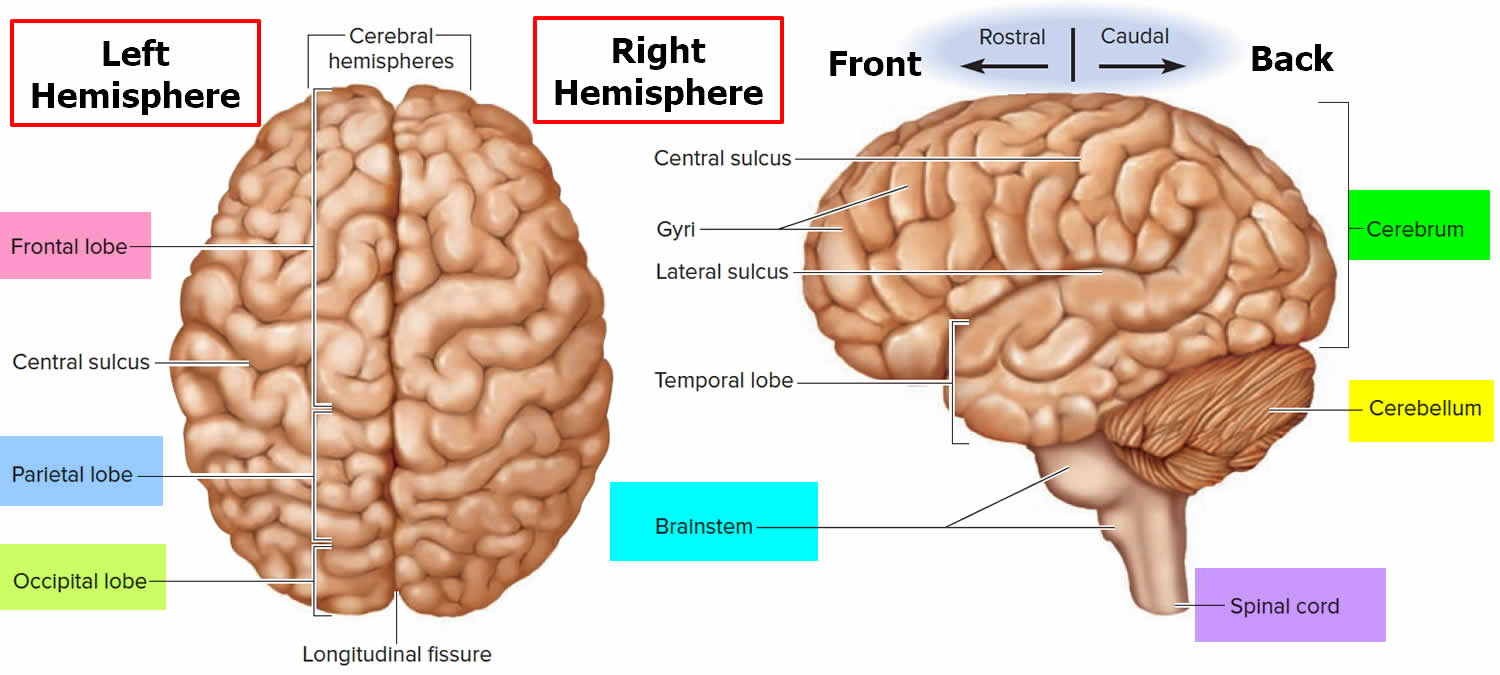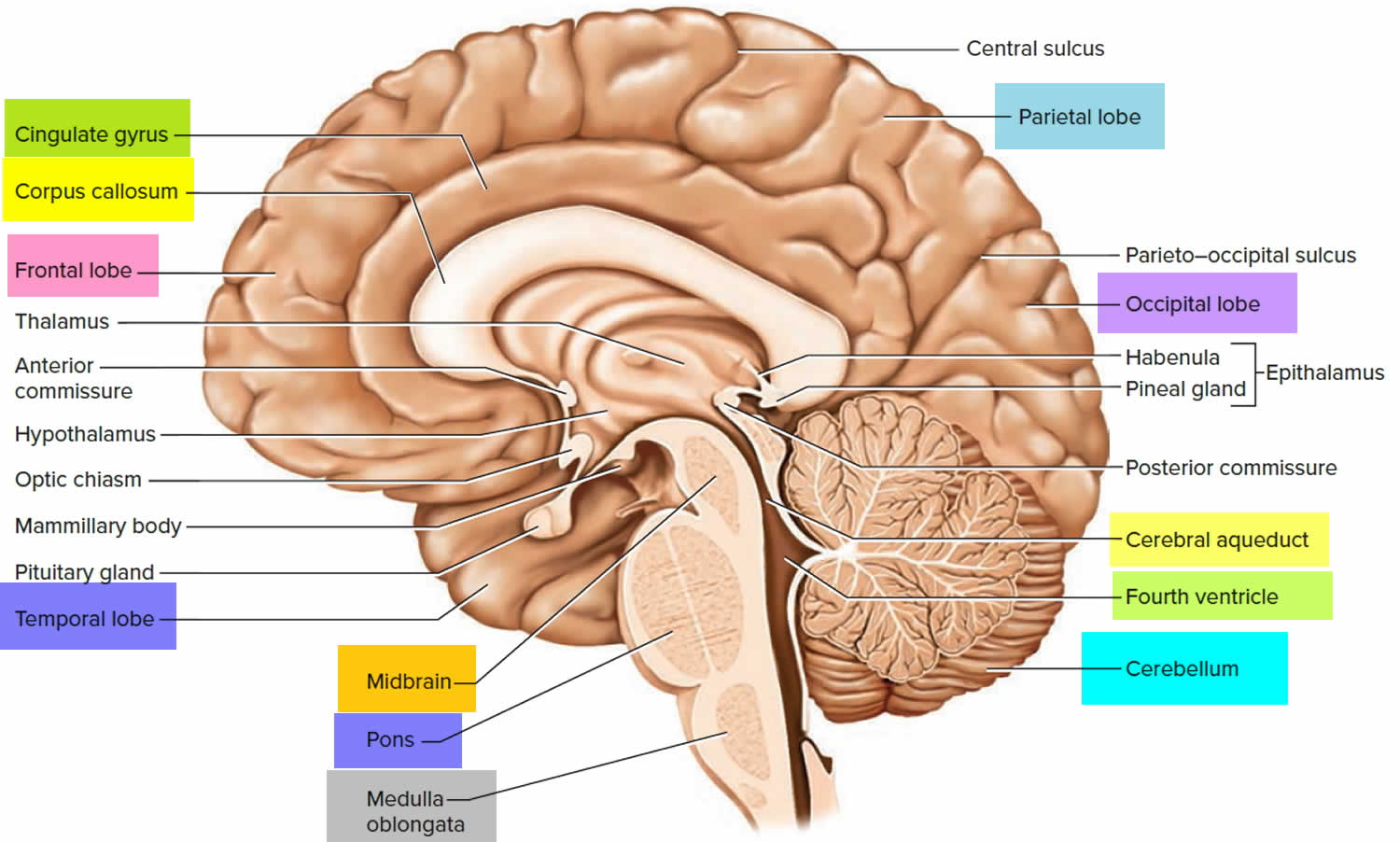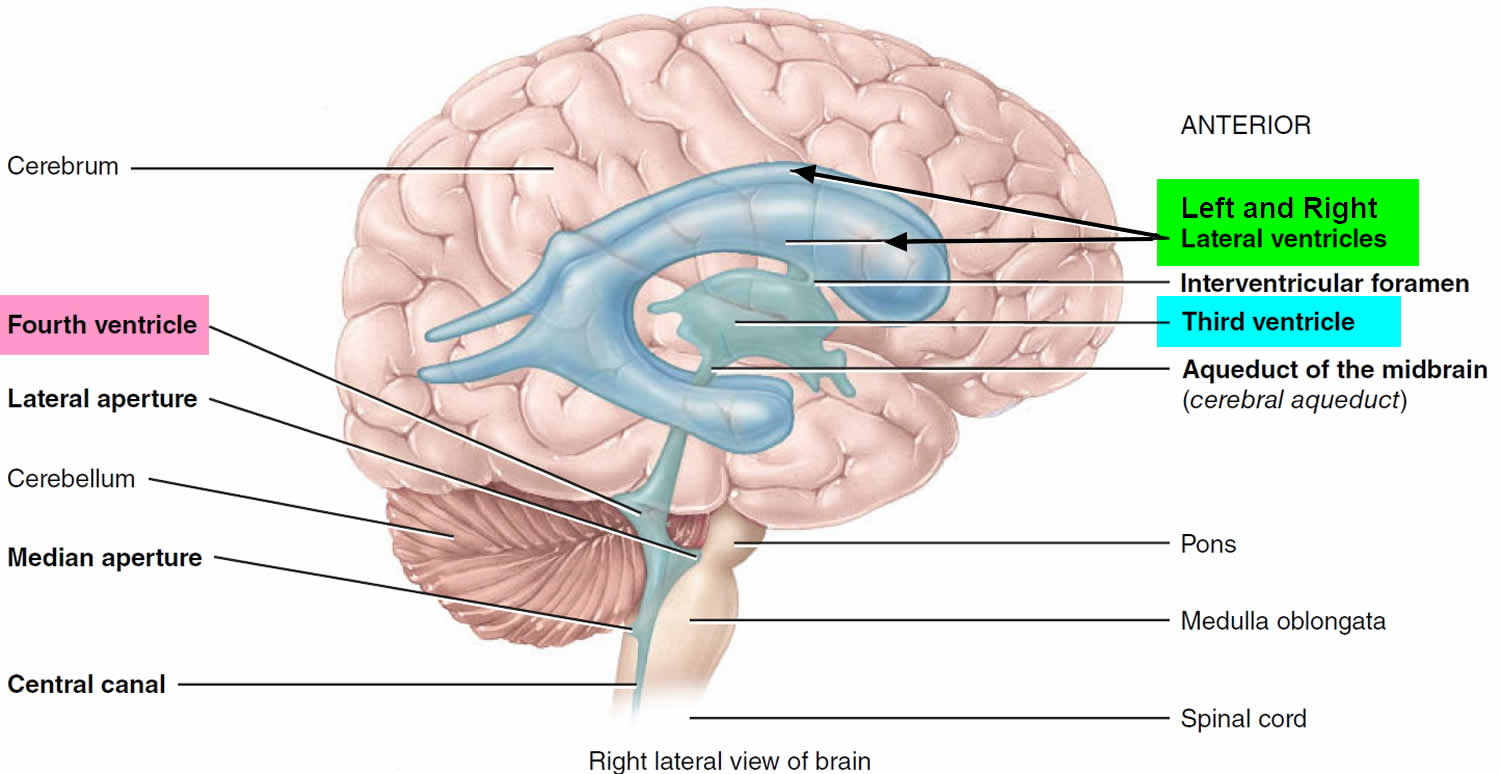Contents
Periventricular leucomalacia
Periventricular leukomalacia is a type of brain injury that affects premature infants. Periventricular leukomalacia is characterized by the death or damage and softening of the white matter around fluid-filled areas called ventricles, the inner part of the brain that transmits information between the nerve cells and the spinal cord, as well as from one part of the brain to another. The damage creates “holes” in the brain. “Leuko” refers to the brain’s white matter. “Periventricular” refers to the area around the ventricles, the spaces in the brain containing the cerebrospinal fluid.
- Periventricular means around or near the ventricles
- Leuko means white
- Malacia means softening
Periventricular leucomalacia may occur alone or in addition to intraventricular hemorrhage (bleeding inside the brain).
Periventricular leukomalacia is the second most common central nervous system (CNS) complication in preterm infants, after periventricular hemorrhage. Periventricular leucomalacia is caused by ischemia in the watershed territory of the preterm infant 1). Periventricular leukomalacia occurs most commonly in premature infants born at less than 32 weeks’ gestation who have a birth weight of less than 1500 g. Many of these infants have a history of maternal chorioamnionitis. Most affected infants experience cardiorespiratory problems, such as respiratory distress syndrome or pneumonia, in association with hypotension or patent ductus arteriosus during their first days of life. Bacterial infection at birth also appears to be a risk factor.
The incidence of periventricular leukomalacia ranges from 4-26% in premature infants in neonatal intensive care units (NICUs) 2). The incidence of periventricular leukomalacia is much higher in reports from autopsy studies of premature infants. As many as 75% of premature infants have evidence of periventricular leukomalacia on postmortem examination.
With periventricular leucomalacia, the area of damaged brain tissue can affect the nerve cells that control motor movements. As the baby grows, the damaged nerve cells cause the muscles to become spastic, or tight, and resistant to movement. Infants with periventricular leukomalacia are at risk for development of neurodevelopmental deficits 3). Babies with periventricular leucomalacia have a higher risk of developing cerebral palsy (a group of disorders that prevent the child from controlling their muscles normally), and may have intellectual impairment, learning difficulties or visual disturbances.
Mild periventricular leukomalacia is often associated with spastic diplegia. Severe periventricular leukomalacia is associated with quadriplegia. Severe periventricular leukomalacia is also associated with a higher incidence of intelligence deficiencies and visual disturbances.
Periventricular leukomalacia tends to be suspected in babies born prematurely or at low birthweight, so they may be checked soon after birth before any symptoms start to show. They may have a cranial ultrasound scan – this is similar to the ultrasound scans carried out in pregnancy but the probe is held over the soft spot on the top of the head (fontanelle). Another imaging scan that might be suggested is an MRI scan – this shows the characteristic appearance of the condition.
Although there is no treatment for periventricular leucomalacia, doctors may recommend other types of care for your child, such as:
- Physical therapy
- Occupational therapy
- Speech-language therapy
- Vision therapy
Most of these therapies are provided through Early Intervention programs in your community.
Figure 1. Brain anatomy
Figure 2. Brain ventricles
Periventricular leucomalacia causes
Periventricular leucomalacia is much more common in premature infants whose brain tissues are fragile than in full-term infants. Mechanically ventilated premature infants born at less than 32 weeks’ gestation are at greatest risk for periventricular leukomalacia. It is not clear why periventricular leucomalacia occurs. Hypotension (low blood pressure), hypoxemia (abnormally low level of oxygen in the blood) and acidosis (a build-up of acid in the bloodstream) may result in ischemic brain injury and periventricular leukomalacia. Marked hypocarbia also known as hypocapnia (a decrease in alveolar and blood carbon dioxide (CO2) levels) in ventilated premature infants has been associated with increased risk of developing periventricular leukomalacia.
Other associated risk factors include the following:
- Placental vascular anastomoses, twin gestation, antepartum hemorrhage
- Chorioamnionitis and funisitis
- Sepsis
- Maternal cocaine abuse
Periventricular leucomalacia may happen when the brain receives too little oxygen. A major cause is thought to be changes in blood flow to the area around the ventricles of the brain. This area is fragile and prone to injury, especially before 32 weeks of gestation. Most babies who develop periventricular leucomalacia are premature, especially those born before 30 weeks gestation. However, it is not clear when the trigger for periventricular leucomalacia occurs–before, during, or after birth.
Infection around the time of delivery may also play a role in causing periventricular leucomalacia. The risk for periventricular leucomalacia is higher for babies who are more premature and more unstable at birth.
Premature babies who have intraventricular hemorrhage are also at increased risk for developing this condition.
Other factors that may be associated with periventricular leucomalacia include early rupture of membranes (amniotic sac) and infection inside the uterus.
Periventricular leucomalacia pathophysiology
The pathophysiology of periventricular leukomalacia is a complex process. Periventricular leukomalacia occurs because of ischemia induced injury to oligodendrocytes in the periventricular area of the developing brain. Cytokine-induced damage following maternal or fetal infection may play a role.
Periventricular leukomalacia is a white matter lesion in premature infants that results from hypotension, ischemia, and coagulation necrosis at the border or watershed zones of deep penetrating arteries of the middle cerebral artery.
Several factors related to vascular development make the periventricular region of the preterm brain uniquely sensitive to ischemic injury. First, early in development, the deep penetrating arteries that supply the watershed zone of the periventricular white matter lack the vascular anastomoses that help maintain perfusion during periods of hypotension. As the fetus matures, the number of anastomoses between the deep penetrating arteries increases, and the periventricular white matter becomes less susceptible to small decreases in blood pressure.
The second vascular developmental factor that plays a role in periventricular leukomalacia is related to cerebral autoregulation. Premature infants have impaired cerebrovascular blood flow autoregulation, increasing their susceptibility to periventricular leukomalacia and intracranial hemorrhage. Decreased blood flow affects the white matter at the superolateral borders of the lateral ventricles. The site of injury affects the descending corticospinal tracts, visual radiations, and acoustic radiations.
Maternal infection, placental inflammation, and vasculitis are also important in the pathogenesis of periventricular leukomalacia. A link between maternal infection, preterm birth, and central nervous system (brain and spinal cord) injury has been established by epidemiological studies 4). A role for infection and cytokine-induced injury in periventricular leukomalacia is strengthened by studies that demonstrate the presence of tumor necrosis factor in periventricular leukomalacia lesions 5) and in the cerebrospinal fluid (CSF) of infants with cerebral white matter injury 6).
After the initial insult, either ischemia or inflammation, injury to the immature premyelinating oligodendrocytes occurs by either free radical attack or by excitotoxicity. The preterm infant is particularly sensitive to oxygen free radical attack because of delayed development of superoxide dismutase and catalase 7).
In a 2014 report, Inomata et al 8) suggested that combined elevations in serum levels of interleukin (IL) 6 and C-reactive protein (CRP) at birth are predictive of white matter injury in preterm infants with a fetal inflammatory response.
Injury to the premyelinating oligodendrocytes results in astrogliosis and microgliosis. This results in a deficit of mature, myelin-producing oligodendrocytes, which leads to cerebral hypomyelination 9).
Premature infants on mechanical ventilation may develop hypocarbia. Several studies have linked hypocarbia, particularly in the first few days of life, with the development of periventricular leukomalacia 10). Cumulative exposure during the first 7 days of life has been shown to independently increase the risk of periventricular leukomalacia in low birth weight infants 11).
Periventricular leucomalacia prevention
Prevention of premature birth is the most important means of preventing periventricular leukomalacia.
Prior to birth, diagnosing and managing chorioamnionitis may prevent periventricular leukomalacia. In 1999, Baud et al 12), 13) reported that betamethasone administered to mothers at 24-31 weeks’ gestation, before delivery, significantly reduced the risk of periventricular leukomalacia, suggesting the possible effect of steroids on fetal inflammatory response.
Avoiding maternal cocaine abuse and avoiding maternal-fetal blood flow alterations has been suggested to minimize periventricular leukomalacia.
Following delivery of a premature infant, attempts to minimize blood pressure swings and hypotension may also be beneficial in preventing periventricular leukomalacia.
Avoidance of prolonged hypocarbia in the mechanically ventilated premature infant may be useful in the prevention of periventricular leukomalacia.
Periventricular leucomalacia signs and symptoms
Initially, most premature infants are asymptomatic. Periventricular leucomalacia may not be apparent until later months. Each baby may experience symptoms differently. If symptoms occur, they are usually subtle. The most common symptom of periventricular leucomalacia is spastic diplegia, a form of cerebral palsy (a condition that affects coordination and movement) characterized by tight, contracted muscles, especially in the legs. Cerebral palsy is a very variable condition – some children may only have minor movement problems but others may have severe disabilities. Children with periventricular leukomalacia may also have visual problems and/or learning disabilities. The symptoms of periventricular leucomalacia may resemble other conditions or medical problems. Always consult your baby’s doctor for a diagnosis.
Periventricular leucomalacia symptoms may include the following:
- Decreased tone in lower extremities
- Increased tone in neck extensors
- Trouble with vision and with eye movements
- Apnea and bradycardia events
- Irritability
- Pseudobulbar palsy with poor feeding
- Clinical seizures (may occur in 10-30% of infants)
- Trouble with movement, and tight muscles
- Developmental delay that is increasingly apparent over time
Periventricular leucomalacia diagnosis
In addition to a complete medical history and physical examination, diagnostic procedures for periventricular leucomalacia may include:
- Cranial ultrasound. A painless test that uses sound waves to view the baby’s brain through the fontanelles, the soft openings between the skull bones. With periventricular leucomalacia, the ultrasound shows cysts or hollow places in the brain tissue. The timing of initial cranial ultrasonography can be useful in determining the timing of the insult. Cystic periventricular leukomalacia has been identified on cranial sonograms on the first day of life, indicating that the event was prenatal rather than perinatal or postnatal.
- Magnetic resonance imaging (MRI). This test uses a combination of a large magnet, radio frequencies, and a computer to produce detailed images of internal structures. MRI may show some of the early changes in the brain tissue that occur with periventricular leucomalacia.
Cranial ultrasound
Cranial ultrasonography is the modality of choice for the initial evaluation of hypoxic-ischemic damage of the central nervous system in premature infants. Ultrasonography may be performed in the NICU without the need to transport fragile infants.
The earliest ultrasonographic appearance of periventricular leukomalacia is abnormal increased echotexture in the periventricular white matter. This is a nonspecific finding that must be differentiated from the normal periventricular halo and mild periventricular edema that may not result in permanent injury.
The abnormal periventricular echotexture of periventricular leukomalacia usually disappears at 2-3 weeks. Approximately 15% of infants experiencing periventricular leukomalacia demonstrate periventricular cysts first appearing at 2-3 weeks after the initial increased echodensities.
The severity of periventricular leukomalacia is related to the size and distribution of these cysts. Initial cranial ultrasonographic findings may be normal in patients who go on to develop clinical and delayed imaging findings of periventricular leukomalacia.
Magnetic resonance imaging
As with CT scanning, MRI does not play a major role in the early evaluation of periventricular leukomalacia. MRI is most helpful in detecting infants with non-cystic periventricular leukomalacia or evaluating infants who develop clinical signs suggestive of periventricular leukomalacia 14).
MRI demonstrates the loss of white matter, abnormal signal intensity of the deep white matter, and ventriculomegaly; it also reveals thinning of the posterior body and splenium of the corpus callosum in severe cases of periventricular leukomalacia.
In a study of MRIs at term-equivalent age from 3 cohorts of 325 very preterm infants, Kidokoro et al found 33% (n=107) had some grade of brain injury (eg, periventricular leukomalacia, intraventricular/cerebellar hemorrhage) and 10% (n=33) had severe brain injury 15). The investigators noted severe brain injury and impaired growth patterns were independently associated with perinatal risk factors and delayed cognitive development 16).
Volumetric MRI scanning is also helpful in determining the extent of injury to the descending corticospinal tracts.
A relationship between the degree of injury to the descending corticospinal tracts as assessed by MRI and the severity of diplegia has been reported.
Other studies
Obtain electroencephalography (EEG) studies in preterm infants for early detection of periventricular leukomalacia. Changes in hypoxic-ischemic encephalopathy and EEG wave patterns may change over time and indicate the severity of the brain injury 17). EEG abnormalities may be apparent before anomalies seen on ultrasonography.
Spectral-domain optical coherence tomography (SD-OCT) shows promise in the evaluation of prematurity on early optic nerve development and of central nervous system development and anomalies 18).
On histologic examination, periventricular leukomalacia lesions demonstrate widespread loss of oligodendrocytes and an increase in astrocytes.
Periventricular leucomalacia treatment
Currently there are no treatments for periventricular leucomalacia. Management of the problems that can result from periventricular leucomalacia will be determined by your baby’s doctor based on:
- Your baby’s gestational age, overall health, and medical history
- Extent of the condition
- Your baby’s tolerance for specific medications, procedures, or therapies
- Expectations for the course of the condition
- Your opinion or preference
Babies at risk for periventricular leucomalacia may need special care and close neurodevelopmental follow-up after discharge from the hospital. Follow-up may include physical therapy, occupational therapy, and speech therapy.
Developmental follow-up: Premature infants with evidence of periventricular leukomalacia require close developmental follow-up because of the high association with cerebral palsy (CP).
Early intervention strategies carried out by occupational therapists or physical therapists may decrease symptoms and may increase the infant’s motor function.
Free radical scavengers are being investigated to determine if they have a role in preventing oligodendrocyte injury in periventricular leukomalacia.
Periventricular leucomalacia prognosis
The long-term outlook for babies with periventricular leucomalacia depends upon the severity of the initial brain damage. The types of symptoms vary widely and can range from a child who has minimal problems to a child who has severe delays and problems with movement.
Periventricular leukomalacia occurs most commonly in premature infants born at less than 32 weeks’ gestation. Many infants with periventricular leukomalacia later develop signs of cerebral palsy (CP). Spastic diplegia is the most common form of CP following mild periventricular leukomalacia. Severe periventricular leukomalacia is frequently associated with quadriplegia.
Varying degrees of intellectual impairment, developmental impairment, or both have been reported in association with periventricular leukomalacia. Fixation difficulties, nystagmus, strabismus, and blindness have been associated with periventricular leukomalacia. Some cases of visual dysfunction in association with periventricular leukomalacia occur in the absence of retinopathy of prematurity, suggesting damage to optic radiations as causation.
References [ + ]








